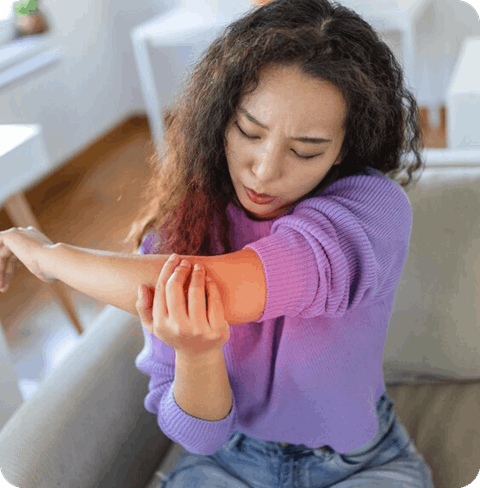Recovering from surgery is often a complex and demanding process that calls for diligence and care. With growing advancements in medical science, regenerative orthopedics has emerged as an innovative approach in healthcare. This field focuses on enhancing the body’s natural ability to heal itself, offering promising recovery methods, especially in post-surgical contexts.
What Is Regenerative Orthopedics?
Regenerative orthopedics is a specialized branch of medicine that leverages the body’s own biological systems to facilitate tissue repair and restoration. Designed to encourage healing at a cellular level, these treatments aim to improve overall function and reduce recovery times following injuries or surgeries. Using advanced technologies, regenerative orthopedics introduces therapies that work by targeting damaged tissues and promoting cell regeneration. Platelet-rich plasma (PRP) therapy is a commonly implemented technique within this field, designed to optimize the body’s intrinsic healing mechanisms.
PRP therapy is a treatment that involves extracting a patient’s blood, isolating platelets through a centrifuge, and reintroducing the enriched plasma into the affected area. Platelets contain growth factors necessary for tissue repair, making PRP therapy particularly effective at aiding recovery from surgical procedures. While regenerative orthopedics continues to evolve with ongoing research, its underlying philosophy remains consistent. By amplifying natural restorative processes, regenerative medicine provides tailored options for individuals with unique recovery needs.
How Does It Assist Post-Surgery Recovery?
After surgery, a patient’s body requires extensive work to repair damaged tissues, reestablish mobility, and regain strength. Regenerative treatments like PRP therapy play a targeted role in these efforts. The key component of PRP therapy lies in platelets. These are small cell fragments within the blood that play an integral part in blood clotting and wound healing. Platelets contain growth factors that accelerate tissue regeneration, stimulate cellular repair, and enhance the production of collagen within the body. Reintroducing concentrated platelets into specific areas, such as surgical sites, offers localized support for these healing processes.
What Does the Process Look Like?
Regenerative orthopedic treatments, like PRP therapy, typically follow a systematic, step-by-step approach. This makes sure that procedures remain personalized and specific to a patient’s recovery requirements. If you are exploring regenerative orthopedics as part of your post-surgery care, this is a general timeline of what the process may look like.
PRP Preparation
If PRP therapy is selected, the process begins with drawing a small sample of your blood. This sample is then placed into a centrifuge, which spins at high speeds to separate the blood components. The platelet-rich plasma extracted through this process forms the central component of the treatment.
Injection Procedure
Once the PRP is prepared, it is reintroduced directly into the surgical or affected site. Guided by ultrasound or X-ray for safety and precision, the provider carefully injects the plasma into the targeted area. This makes sure that the concentrated platelets reach the tissues most in need of healing support.
Post-Treatment Monitoring
While PRP therapy results vary individually, improvements often manifest gradually over several weeks as tissue repair takes place. Healthcare providers might recommend additional regenerative treatments or adjustments based on initial outcomes to optimize long-term recovery. Communication between patients and providers remains integral during this phase.
Talk to an Orthopedic Doctor About Treatment
Regenerative orthopedics represents a powerful stride toward enhancing healing outcomes for individuals recovering from surgery. With techniques such as PRP therapy offering targeted, science-backed benefits, these treatments integrate effectively into many post-operative care strategies. If you’re curious about how regenerative orthopedics might support your recovery plan, consulting an experienced orthopedic specialist can provide clarity and guidance. Taking proactive steps by involving medical professionals in every stage of recovery strengthens the pathway to improved health.
- When to See a Foot and Ankle Surgeon
- Top Benefits of Visiting a Vein Clinic for Early Treatment of Vein Issues
- The Intersection of Gynecology and Endometriosis Treatment
- Regenerative Orthopedics for Post-Surgery Healing
- The Role of Pain Management in Living with Chronic Pain
